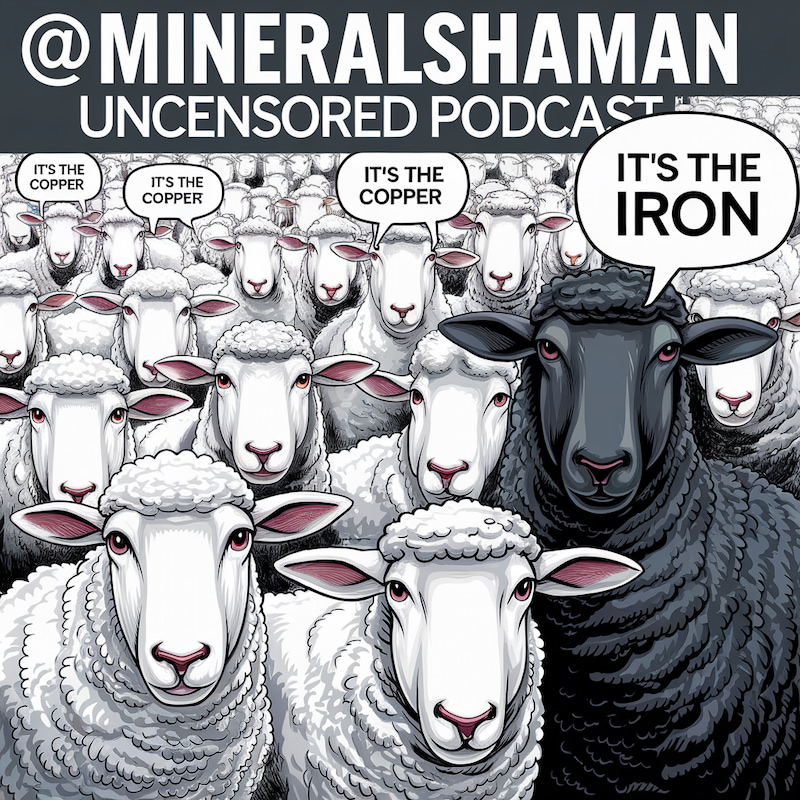Harmine, a reversible inhibitor of monoamine oxidase-A (MAO-A) with various pharmacological effects, has garnered attention for its potential influence on histamine and serotonin. Understanding the intricate interplay between harmine, histamine, and serotonin sheds light on the complex mechanisms underlying their interactions. This article aims to delve into the multiple ways harmine may impact histamine, as well as the reciprocal relationship between serotonin and histamine.
Harmine’s Influence on Histamine
First, harmine has been suggested to influence histamine release through its impact on neurotransmitter systems. By inhibiting MAO-A, harmine leads to increased serotonin levels, which can modulate histamine release through serotonin-histamine interactions. The interplay of serotonin and histamine is rarely discussed as most people think of histamine in terms of allergies. However, histamine is itself a neurotransmitter that responds to increases in serotonin. This can be seen on the surface level with increasing light levels in the Spring coinciding with increased seasonal allergy symptoms, but histamine causes other symptoms in the body.
To be clear, we need histamine. It isn’t the enemy and is serving a purpose, but excess histamine can create symptoms such as headaches, increased heart rate, sleep problems, and chronic conditions such as sinus inflammation and allergies. Serotonin is often associated with these same symptoms and it is unclear whether the serotonin itself is contributing or whether increasing levels of serotonin leading to increases in histamine are to be seen as the more precise mechanism.
Harmine’s influence on other neurotransmitter systems, such as noradrenaline and dopamine, may indirectly affect histamine signaling pathways. These secondary effects can result in alterations in histamine release or receptor activity.
Interactions between Serotonin and Histamine
Serotonin and histamine exhibit a reciprocal relationship, with each neurotransmitter influencing the other’s release, synthesis, and receptor activity. Serotonin can stimulate histamine release, while histamine, through histamine receptors (H3), can modulate serotonin release and synthesis. Thus, rising serotonin can lead to rising histamine and rising histamine can lead to rising serotonin. The two are inextricably linked.
We see these effects play out in energy levels. Serotonin and histamine play crucial roles in the regulation of wakefulness and sleep. Serotonin promotes wakefulness, while histamine promotes wakefulness and inhibits rapid eye movement (REM) sleep. The interplay between these neurotransmitters is essential for maintaining sleep-wake cycles. Many people experience more histamine reactions in the morning, when serotonin is also rising. Artificial lights that contribute to serotonin release also have the same effects.
Influence of Harmine on Serotonin-Histamine Interactions
Harmine’s ability to increase serotonin levels may also impact histamine pathways indirectly. Enhanced serotonin activity can stimulate histamine release, affecting histamine-mediated processes.
Harmine’s influence on serotonin levels and its impact on histamine release may contribute to alterations in sleep-wake cycles. For those people who have worked with Ayahuasca it is not uncommon to feel completely awake even after spending the entire night before awake during ceremony. The increase in serotonin caused in part by the harmine in the Ayahuasca vine contributes to this feeling.
What This All Means
The complex interplay between harmine, histamine, and serotonin reveals a fascinating web of interactions within the central nervous system. Harmine’s influence on serotonin levels and subsequent effects on histamine release highlight its potential to modulate histaminergic pathways. Additionally, the reciprocal relationship between serotonin and histamine underscores the importance of their coordinated regulation in various physiological processes. Further research is necessary to elucidate the precise mechanisms underlying harmine’s impact on histamine and its interplay with serotonin.
Further research
- Haas, H. L., Sergeeva, O. A., & Selbach, O. (2008). Histamine in the nervous system. Physiological Reviews, 88(3), 1183-1241.
- Yanovsky, Y., Li, S., & Klyuch, B. P. (2012). Differential effects of harmaline, a tremorogenic harmala alkaloid, on histaminergic neurons in comparison with noradrenergic and serotonergic ones. Neuroscience, 218, 243-255.
- Schwartz, J. C., & Arrang, J. M. (1995). Regulation of histaminergic neurotransmission in the CNS by neuronal histamine receptors. European Journal of Pharmacology, 293(1), 1-13.
- Monti, J. M., Monti, D., & Jantos, H. (2007). Effects of the harmine derivative, 13-(2-propyl)pentyl-6, 7, 8, 9-tetrahydro-9-hydroxy-9-methyl-1H-pyrido [3, 4-b] indole (HP-029), on sleep and wakefulness in the rat. Sleep, 30(12), 1692-1698.
- Passani, M. B., Lin, J. S., Hancock, A., & Crochet, S. (2004). Bifurcation of reticular thalamic neurons and 5‐HT‐releasing properties of limbic cortical neurons projecting to the medial septum. European Journal of Neuroscience, 20(9), 241-250.
- Brown, R. E., Stevens, D. R., & Haas, H. L. (2001). The physiology of brain histamine. Progress in Neurobiology, 63(6), 637-672.






